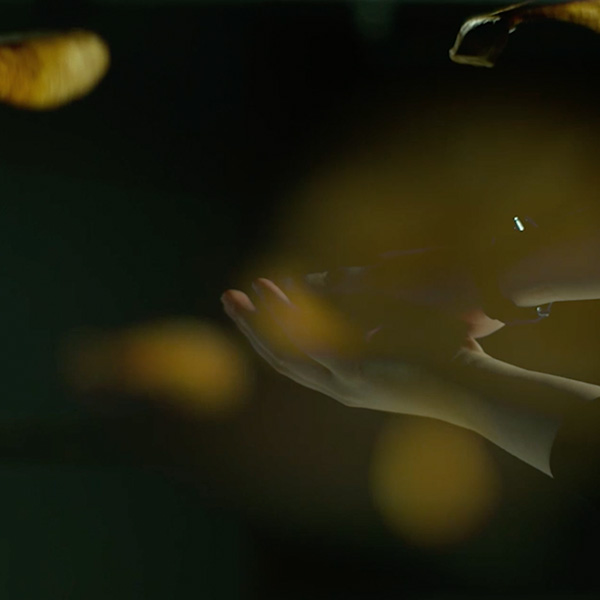This artwork studies the fall of a maple seed and pays homage to nature’s experience as a designer. It is an interdisciplinary interpretation of how weight distribution affects the falling patterns of a maple seed. It uses the 3.8 billion years of nature’s trial and error process as core inspiration and applies biomimicry as thinking methodology.
“My experiences informed my studio practice work around the concepts of sustainability, bio-inspiration, biomimicry, and time. During my first weeks, I came across one of the thousands of maple seeds spread around campus in Autumn. I looked at the maple seeds through a lens of biomimetic design – asking questions from nature’s perspective (Biomimicry Institute, 2016). I asked how nature could move and for the maple seed, I found the answer in their design, shape and weight distribution.
It was necessary to highlight the notion of time due to the importance of nature’s trial-and-error process. This emphasis on time pushed my practice to the idea of nature as an experienced teacher. Maple seeds have evolved to have the perfect shape for what they are intended to do: fly as much as possible in order to expand their reproduction area.
The concept development was being constantly fed with experimentation, “thinking through making” (Ingold, 2013) and during the first weeks of Studio Practice I had a curious realisation that made me value the importance of the process and experimentation.”

“When I was filming the maple seeds falling, I realised that the seeds weren’t doing the movement that they should. It was only after a lot of trial-and-error that I understood that they needed to be separated from each other in order to fly. It was interesting because, when I picked them, I thought I was choosing the most perfect and symmetrical examples. However, the snapped seeds are the ones that can actually fly.”

